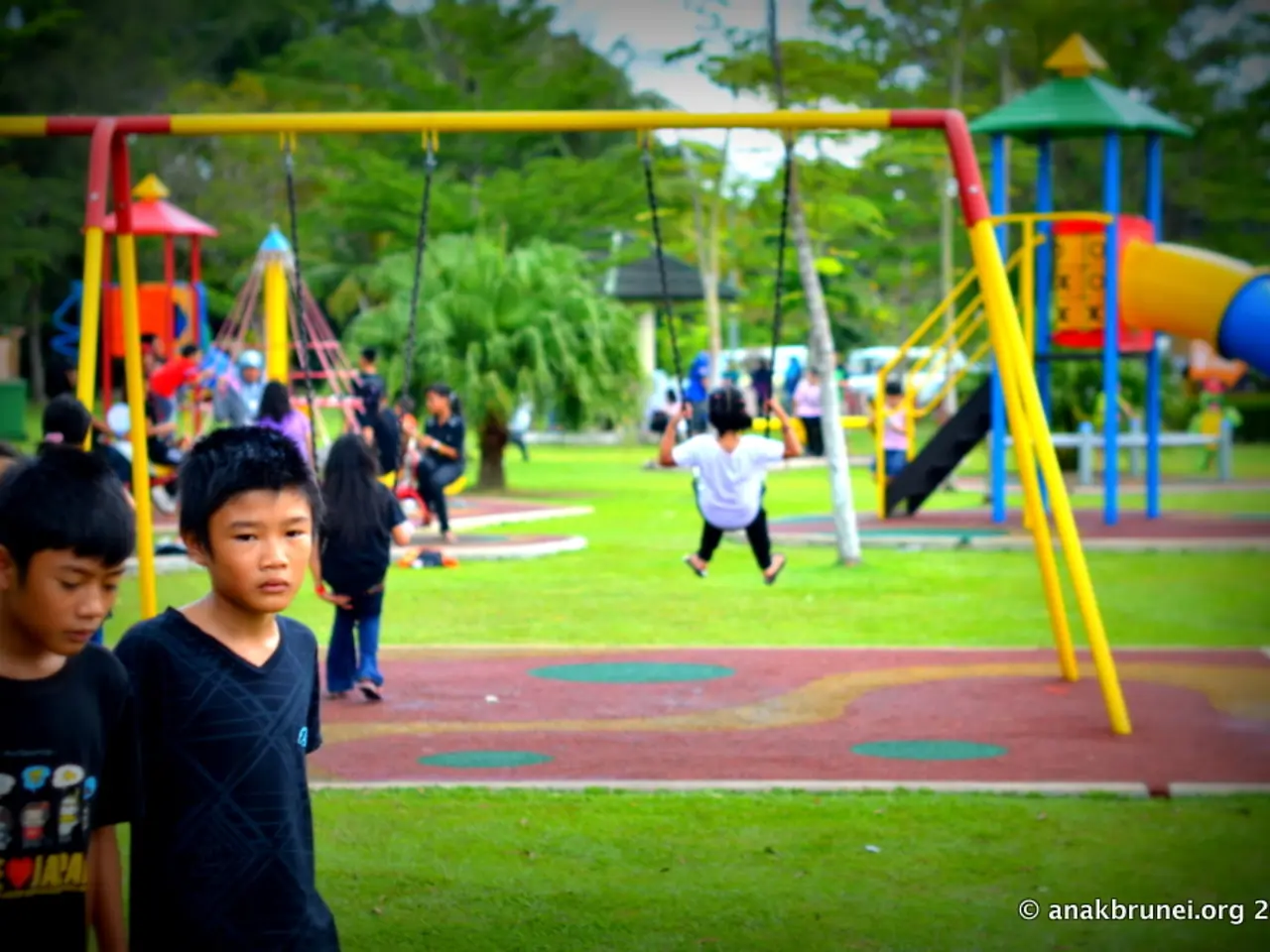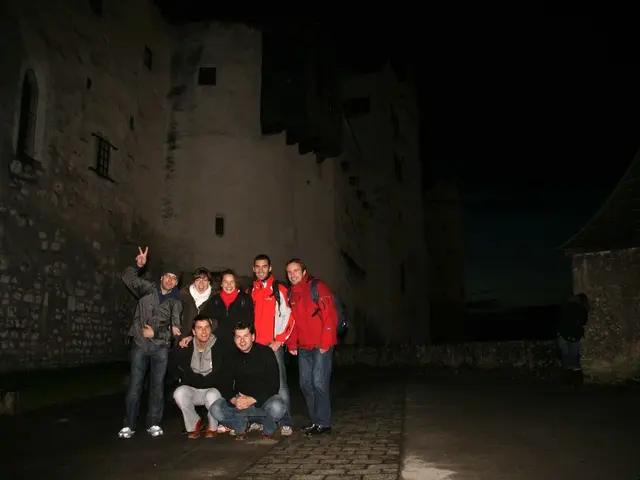8 Engaging Tidbits about Badlands National Park for Young Readers:
Badlands National Park, nestled in the heart of South Dakota, is a captivating destination that offers a unique blend of natural beauty and rich historical significance. This expansive park, protected for over 80 years, boasts a diverse landscape, an abundance of wildlife, and a treasure trove of fossils that tell tales of ancient creatures.
At night, the sky above Badlands transforms into a celestial canvas, with millions of stars, planets, and the Milky Way illuminating the dark expanse. During the day, the park's colourful buttes, spires, and pinnacles create a photogenic and unique landscape, quite different from many other U.S. national parks.
One of the park's most intriguing aspects is its rich fossil beds, which contain an array of fossils dating back millions of years. From mammoths and saber-toothed cats to Native American artifacts, these fossils offer a fascinating glimpse into the park's past. The area was historically used as hunting grounds for mammoths and later as hiding grounds for Native Americans due to its difficult terrain, earning it the name "Badlands."
The park is home to a diverse array of wildlife, including bison, bighorn sheep, prairie dogs, black-footed ferrets, and a variety of birds. However, visitors should exercise caution while hiking, as rattlesnakes are present.
Two popular hikes in the park are the Castle Trail and The Notch Trail. The Castle Trail, a 5-mile hike, leads through the park's backcountry, passing prairie grass fields and rock pinnacles, with opportunities to see wildlife like bighorn sheep and pronghorn. The Notch Trail, on the other hand, includes climbing a wooden ladder into crevasses.
Scenic drives are another way to explore the park. The Badlands Loop Road is a 39-mile scenic byway that offers several stops for viewing the stunning landscape without strenuous hiking.
Visitors can learn more about the park at the Ben Reifel Visitor Center, which is open year-round and features exhibits, a bookstore, and a unique fossil viewing area. Here, visitors can watch park staff uncover new fossils, including recent discoveries like a saber-toothed tiger fossil found by a 7-year-old girl. The White River Visitor Center, located within the Pine Ridge Indian Reservation, offers similar amenities during the summer season.
For those visiting in winter, the park offers a peaceful and beautiful experience with snow-dusted landscapes and fewer crowds. Despite the colder temperatures, abundant wildlife sightings can still be enjoyed.
Badlands National Park also serves as an outdoor classroom for scientists, who study rocks, animals, and weather in this unique environment. During World War II, a part of the park was used by the U.S. Air Force for target practice, and some areas used for this purpose are now protected as part of the park's history.
The park's Lakota name, "Mako Sica," means "bad land," but to the Lakota people, it is a special place. The Badlands are characterized by sharp rocks and deep canyons, making travel difficult, but this has not deterred the Lakota from living near the Badlands for a long time.
Finally, Badlands National Park hosts an Astronomy Festival, where space experts and telescopes are available for visitors to explore the night sky. For children, the Junior Ranger booklet is available at the visitor center, allowing them to learn about the park and earn a badge.
In conclusion, Badlands National Park is a must-visit destination for anyone seeking a unique blend of natural beauty, cultural history, and scientific discovery. Whether you're an avid hiker, a history buff, or an astronomy enthusiast, there's something for everyone in this fascinating park.
- The expansive Badlands National Park, protected for over 80 years, offers a blend of natural beauty and rich historical significance.
- At night, the sky transforms above Badlands into a celestial canvas, illuminating with millions of stars and the Milky Way.
- One intriguing aspect is the rich fossil beds, dating back millions of years, containing fossils of ancient creatures like mammoths and saber-toothed cats.
- The park is home to various wildlife, including bison, bighorn sheep, and rattlesnakes, with hiking being a popular activity.
- The Castle Trail and The Notch Trail are two popular hikes, offering diverse landscapes and opportunities to spot wildlife.
- Scenic drives on the Badlands Loop Road allow for viewing the stunning landscape without strenuous hiking.
- Visitors can learn more about the park at the Ben Reifel Visitor Center, featuring exhibits, a bookstore, and a unique fossil viewing area.
- Winter visitors can enjoy a peaceful and beautiful experience with snow-dusted landscapes and fewer crowds, while abundant wildlife sightings can still be enjoyed.
- The park's Lakota name is "Mako Sica," meaning "bad land," but it is a special place for the Lakota people, characterized by sharp rocks and deep canyons, despite being a challenging terrain for travel.





